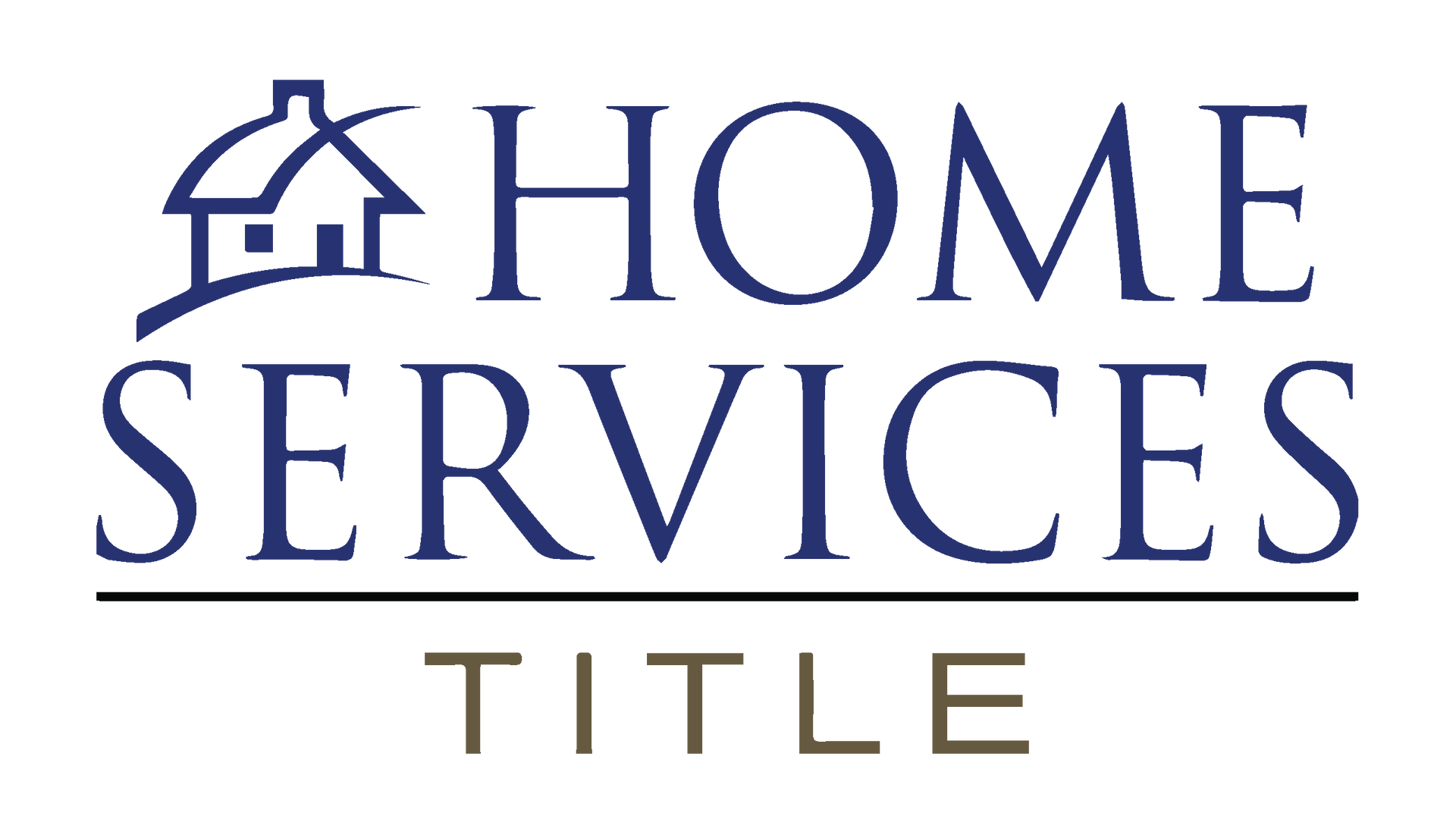HOW TO READ A TITLE COMMITMENT
What is a Commitment for Title Insurance?
A commitment for title insurance is prepared before issuing a Policy of Title Insurance that shows the ownership of a specific parcel of land with the liens and encumbrances thereon which will not be covered under a subsequent title insurance policy.
What role does a Commitment for Title Insurance play in the real estate process?
A commitment for title insurance contains the conditions under which the title company will issue a particular type of title insurance policy. This commitment list title defects, liens, and encumbrances which would be excluded from coverage if the requested title insurance policy were to be issued as of the date of commitment. This commitment may then be reviewed and discussed by the parties to a real estate transaction and their agents. Thus, a Commitment for Title Insurance provides the opportunity to seek the removal of items referenced in the commitment which are objectionable to the buyer before purchase.
When and How is the Commitment for Title Insurance produced?
Shortly after escrow is opened, an order will be placed and the title company will begin the process involved in producing the commitment. This process calls for the assembly and review of certain recorded matters relative to both property and the parties to the transactions. Examples of recorded matters include a deed of trust recorded against the property and the parties to the transactions. These recorded matters are listed numerically as “exceptions” in the title commitment. They will remain exceptions from title insurance coverage unless eliminated or released prior to the transfer of title.
What should I look for when reading my Commitment for Title Insurance?
You will be interested primarily in the extent of your ownership rights. This means you will want to review the ownership interest in the property you will be buying along with any claims, restrictions or interests of other people involved in the property. The commitment will note in a statement of vesting the degree, quantity, nature and extent of the owner’s interest in real property. The most common form of interest is “fee simple” or “fee” which is the highest type of interest an owner can have in land. Liens, restrictions and interest of others which are being excluded from coverage will be listed numerically as “exceptions” in the commitment for title insurance. These may be claims by creditors who have liens or liens for payment of taxes or assessments. There may also be recorded restrictions which have been placed in a prior deed or contained in specific documents creating covenants, conditions, and restrictions (CC&R’s). Finally, interests of third parties are not uncommon and may include easements given by a prior owner which limits your use of the property.










